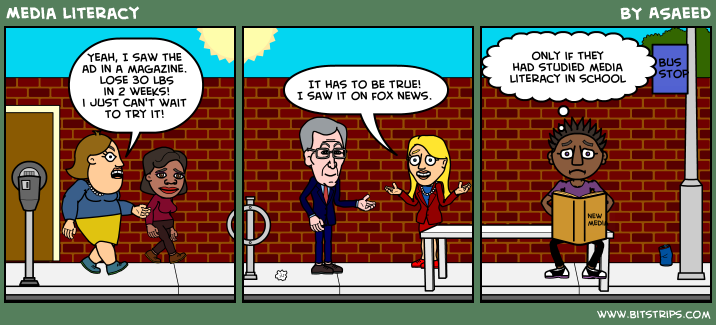A sensitive topic in Australian indigenous communities is the internal dialogue about ‘authenticity’, meaning who can legitimately identify as ‘indigenous’. In December 2009 a workshop of indigenous representatives set out to explore this issue, which they consider to be eroding their community. As they say in the AIATSIS Research Discussion Paper (2011):
Issues surrounding identity and the ways in which negative stereotypes are used by Aboriginal people against other Aboriginal people are a matter of great sensitivity, with candid and rigorous debate stifled by valid fears of reprisal, which include being perceived as negating the presence of real disadvantage and exposing people and communities to further misrepresentation and outside attack. To the contrary, identifying these issues does not mean denying the real need of many Aboriginal people, nor the continuing racism which people experience, but provides mechanisms which may effect change in these areas. And if left undiscussed, issues of negative stereotypes within the Aboriginal community will continue to escalate. Those who brought the workshop to AIATSIS were convinced that discussion about these issues was timely, and that only Aboriginal–led initiative could navigate effective change. (p. 3)
The report examines the concept of ‘internalized racism’ and the ‘self-fulfillment prophecy’ brought on by experiencing generations of racism and abuse.
The workshop concluded that:
Introduced by colonisation, negative perceptions of Aboriginality and notions of authenticity are now commonly found in Indigenous Australia. Impacting on health and wellbeing, as well as on social and economic development, negative stereotyping and its effects are of increasing concern to many Aboriginal people. They contribute to damaging behaviours such as lateral violence, and are entangled with (as well as foster) notions of helplessness and lack of agency. Negating their effects requires assertion of control and changing the conversation away from deficit towards one that is based on strength. The workshop considered that the language of deficit is pervasive and persuasive and requires Aboriginal-led initiatives to effect change. (p14)
For the full report:
